Dance
Dance is an integral part of the co-scholastic curriculum of our School. We teach our students all forms of dance, Indian as well as Global, through a well designed curriculum in the Dance Studio. We equip our students with the technical terms of each dance form they learn. Dance in our school is broadly divided into:
Indian Classical Dance
As with other aspects of Indian culture, different forms of dances originated in different parts of India, developed according to the local traditions and also imbibed elements from other parts of the country. India recognizes eight traditional dances as Indian classical dances namely, Bharatnatyam, Kathak, Kathakali, Kuchipudi, Odissi, Sattriya, Manipuri and Mohiniyattam. We take pride in teaching all our students the essence of classical dances of India, which will help them root with the Cultural Heritage of the country.


Folk Dance
Folk dances are numerous in number and style and vary according to the local tradition of the respective state, ethnic or geographic regions. Indian folk are simple dances, and are performed to express joy and happiness among themselves. The dances are extremely simple with minimum of steps or movement. From time to time our students are introduced to various folk dance of India, like Bhangra, Garba, Ghoomar, Lavani etc., along with its origin and other details.
Western Dance
Western dances have evolved over time and as the world has become such a small place, the cultural give and take has risen tremendously over the past few decades. This has given many opportunities to the artists to try their hands in western dance forms of the world like Salsa, Hip-hop, Break Dance, Ballet, Tap Dance etc. Our mentors take great efforts to train our students in these forms as a part of the curriculum. Contemporary dances forms include refined and experimental fusions of classical, folk and Western forms.


